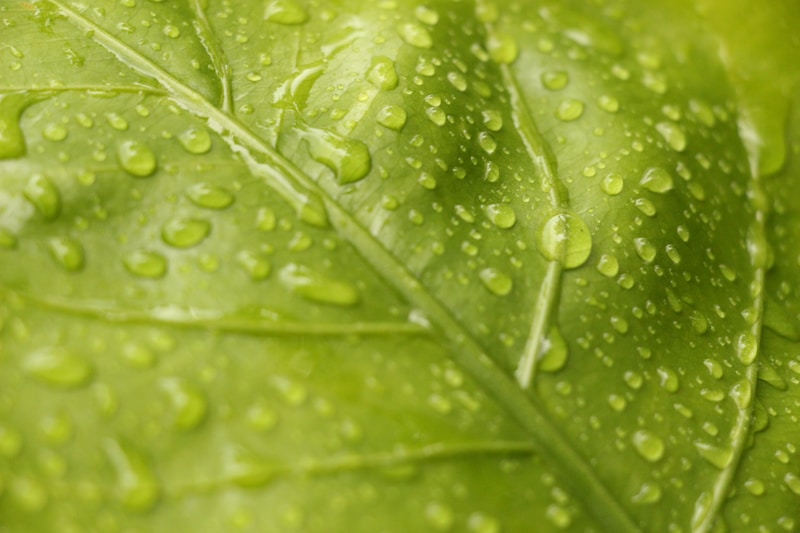Podcast
Questions and Answers
What is the outermost structure enveloping the cell?
What is the outermost structure enveloping the cell?
Plasma membrane
Which of the following are components of the plasma membrane? (Select all that apply)
Which of the following are components of the plasma membrane? (Select all that apply)
What is the jelly-like matrix found in the cytoplasm called?
What is the jelly-like matrix found in the cytoplasm called?
Cytosol
Ribosomes are responsible for generating ATP.
Ribosomes are responsible for generating ATP.
Signup and view all the answers
What type of endoplasmic reticulum is responsible for lipid synthesis? (Select all that apply)
What type of endoplasmic reticulum is responsible for lipid synthesis? (Select all that apply)
Signup and view all the answers
What process involves cells communicating with each other and their environment?
What process involves cells communicating with each other and their environment?
Signup and view all the answers
What is the main function of the mitochondria?
What is the main function of the mitochondria?
Signup and view all the answers
Study Notes
Cellular Structure
- The outermost layer of the cell is the plasma membrane, a double layer of phospholipids with polar heads and long fatty acid chains. It is also called the cell membrane
- It has three key components:
- Phospholipids: responsible for structural integrity and fluidity.
- Cholesterol: maintains membrane fluidity.
- Integral membrane proteins: span the membrane, crucial for transport, structural support, and signaling.
- The cytoplasm is the region enclosed by the plasma membrane, consisting of the cytosol and organelles.
- Cytosol is a jelly-like matrix containing solutes, nutrients, and waste products.
- Organelles are specialized structures with specific functions.
Cellular Organelles
- Mitochondria produce ATP, cellular energy, through respiration.
- Ribosomes translate messenger RNA (mRNA) into protein.
- Rough Endoplasmic Reticulum (RER) synthesizes proteins and lipids and transports them within the cell.
Cellular Functions
- Cell signaling: cells communicate via signals and receptors.
- Cell movement: cells can move and change shape facilitated by the cytoskeleton and transmembrane proteins.
Cell Diversity
- Cell specialization: cells develop specific features and functions to perform specific tasks.
- Cellular heterogeneity: different cell types exist within a population, despite seeming homogeneous under a microscope.
Endoplasmic Reticulum (ER)
- ER is a network of membranous tubules and cisternae found in the cytoplasm.
- Two types of ER exist:
- Rough ER: is responsible for protein synthesis, folding, and modification due to ribosomes attached to its surface.
- Smooth ER: lacks ribosomes and is involved in lipid synthesis and detoxification.
Smooth ER
- Plays a crucial role in lipid synthesis, including cholesterol and steroid hormones.
- Detoxifies harmful substances like drugs and toxins.
- Stores and releases calcium ions, essential for muscle contraction and other cellular processes.
Rough ER
- Functions like a sorting house or distribution center, receiving, modifying, and absorbing cargo within the cell.
- Produces phospholipids for membranes.
- Plays a role in protein folding and modification.
Golgi Apparatus
- Stack of flattened, membrane-bound sacs called cisternae.
- It processes and packages proteins and lipids synthesized in the ER.
- Modifies, sorts, and packages proteins and lipids for secretion and transport.
- Responsible for forming lysosomes, vesicles, and other organelles.
Studying That Suits You
Use AI to generate personalized quizzes and flashcards to suit your learning preferences.
Related Documents
Description
This quiz covers the essential components and functions of cellular structure, including the plasma membrane, cytoplasm, and various organelles like mitochondria and ribosomes. Test your understanding of how these elements contribute to cell function and energy production.




